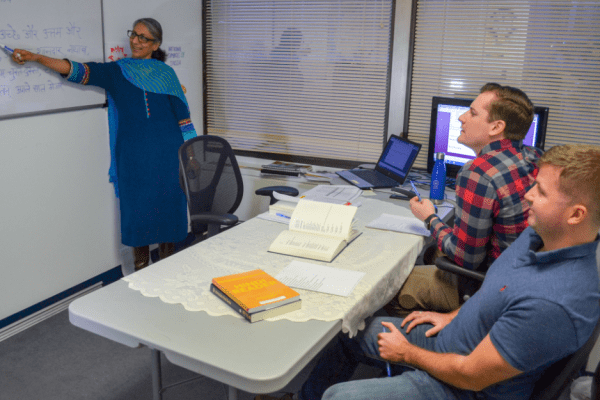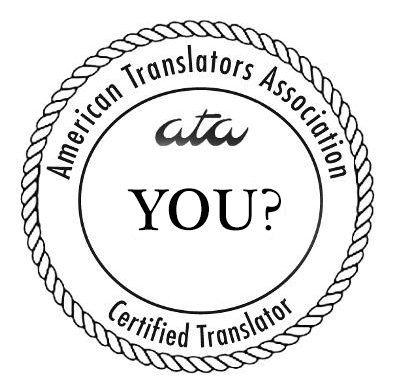What languages were available in your high school? In college? It seems like the options have recently been changing and increasing. My high school’s standard offering was Spanish, French, and German. Oh, and Latin. I was one of the language nerds among the future doctors and lawyers that wanted to study a “dead” language. But over the last 15 years, U.S. college and even high school language programs have shifted focus to include languages like Arabic, Chinese, Russian, and Turkish. These changes reflect expanding business and education opportunities across the world, increased globally shared information, and, of course, national security interests.
At DLS, much of our training and development serve U.S. government/military personnel. So, we often receive requests for “critical” language materials. “Critical” languages are those the government deems most useful in terms of U.S. national security. Some of the more recently designated critical languages are spoken in areas of the world, where teaching the local language to foreigners was not done on a large scale. Its been exciting to learn about languages I didn’t know existed when I was memorizing German cases and Latin declensions. Who doesn’t love theoretical syntax? But we’ve also bumped up against obstacles inherent to developing materials for some of these less commonly taught languages.
Many debatably tried-and-true learning materials exist for languages like English, Italian, and Spanish because people have been teaching these languages to foreigners for centuries. If you’ve taught these languages, you know you have plenty of dictionaries, grammar books, teacher manuals, videos, and audios. Not to mention all the websites and online resources. Workplaces and media standardize and broadly follow spelling and grammar rules in these places. Teaching these languages to non-native speakers has a long tradition and most universities have programs dedicated to training language teachers for this purpose.
Developing Somali Curriculum
However, several recent and current critical languages have limited materials and a less pronounced teaching tradition. For example, we recently developed a Somali language curriculum for the Defense Language Institute (DLI). The project challenged us to create a more complete classroom curriculum than any that had been developed. We were fortunate to have native-speaking developers who were experienced and knowledgeable in Somali and language teaching, but that can be a narrow pool for some critical languages. There were thick books of verb conjugation charts written by Somali professors years before and language “guides” written by other foreigners who had learned Somali. Also, several Somali teachers who had taught U.S. government personnel answered the need by creating textbooks and dictionaries, so we could access some of those. Not all grammatical rules in Somali have been defined, and complete published versions of such explanations are hard to come by.
So, how do you develop language training materials for foreign language learners in languages that have few standardized materials available (and maybe unstandardized or undefined rules)?
Our Approach
- Network through the community to access materials and expertise that already exist
- Structure development teams to include a variety of qualifications and aptitudes.
- native speakers of the target language
- experienced teachers of the target language
- native English and strong language learning and teaching background
- experience learning the target language as a non-native speaker
- experience teaching advanced English grammar
- linguistics training
- strong analytical skills
- Maintain a development and quality control process that prevents sidelining input from non-native team members because it’s from a non-native.
- Set up an external review process where qualified native-speakers provide feedback and engage in finding answers with developers.
- Set up a piloting process in which classroom feedback from students and instructors identifies where the curriculum causes confusion and misunderstanding.
- Plan to execute multiple rounds of revision.
The finished Somali product went over well with our team and the client. It is currently in use by multiple government agencies as a first-of-its-kind, classroom-friendly curriculum. Whenever we create a curriculum for less commonly taught languages with limited materials, we can adapt and improve our system. Continually revisiting our approach is necessary to remain relevant in providing critical language products for national government organizations. Who knows how global dynamics will change in the next 10, 20, or 50 years, or what effect business, communications, and national security trends will have on language learning and the language industry? One day Somali language courses may dominate the electives list when your kids’ kids are in high school. In the meantime, we’ll hone our theoretical syntax skills for the next curriculum development challenge.
By Julie Millet
For more DLS, check out other blogs and visit us on Facebook, LinkedIn, Instagram, or Twitter!




